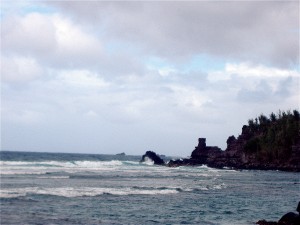Coming up in a few weeks, the Ark will be in the midst of one of the most renowned dry fly hatches in the West – the Mother’s Day caddis hatch. But right now there is another, less spectacular, but no less enjoyable hatch going on – the early spring blue-winged olive hatch.
Blue-wings are mayflies, and make up the second most important part of an Arkansas River trout’s diet, after caddis. Up close, blue-wings are a beautiful insect, delicate and short-lived. While some species may live for up to a year subsurface as nymphs, once they hatch into adults, the clock is ticking. The adult has no mouth parts with which to eat and sustain itself, so their life span in usually little more than twenty four hours. As you might imagine, they are on a mission.
That mission is to find a mate, do the business and lay eggs back in the river for the next generation before departing this mortal coil. There is no time for drawn out courtship rituals here – think spring break at Cancun or Ibiza.
Generally, blue-wings prefer to hatch on cooler, cloudy days. Once breaking through the surface film, they have to wait anywhere from thirty seconds to a few minutes while their wings inflate and dry out. It is at this time that they are most vulnerable, and as they hatch and float helplessly down the river, trout will line up along the foam lines and eddy lines to languidly sip them down.
Lately, we haven’t been having enough cooler, cloudy days, but they have been hatching anyway – when you’ve gotta go, you’ve gotta go, I guess. On this day that Caveman, Pinky and I floated, we had what you would call a typical blue wing kind of day. In the morning, small nymphs were working best, like pheasant tails and juju baetis. Once the adult blue-wings started to appear on the surface, we switched to dry flies and had a great couple of hours of top water action.
I’d also like to add that anyone can catch a trout on this river. It takes real skill and technique, however, to hook a sucker fish, let alone hook it in the tail. That’s my story, and I’m sticking to it.



